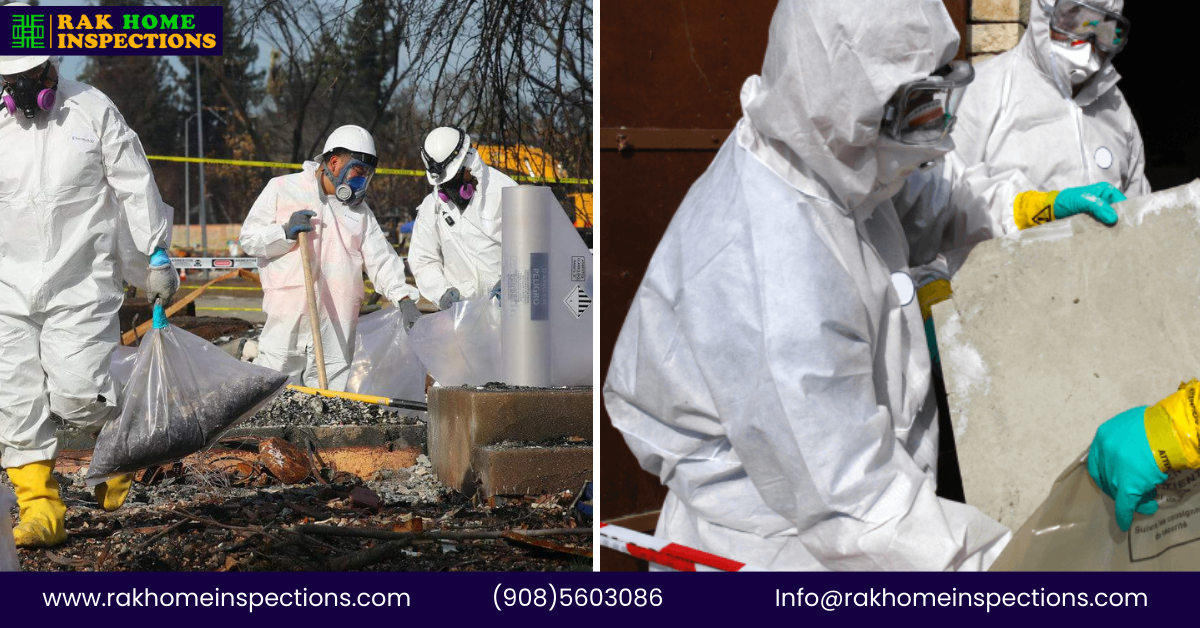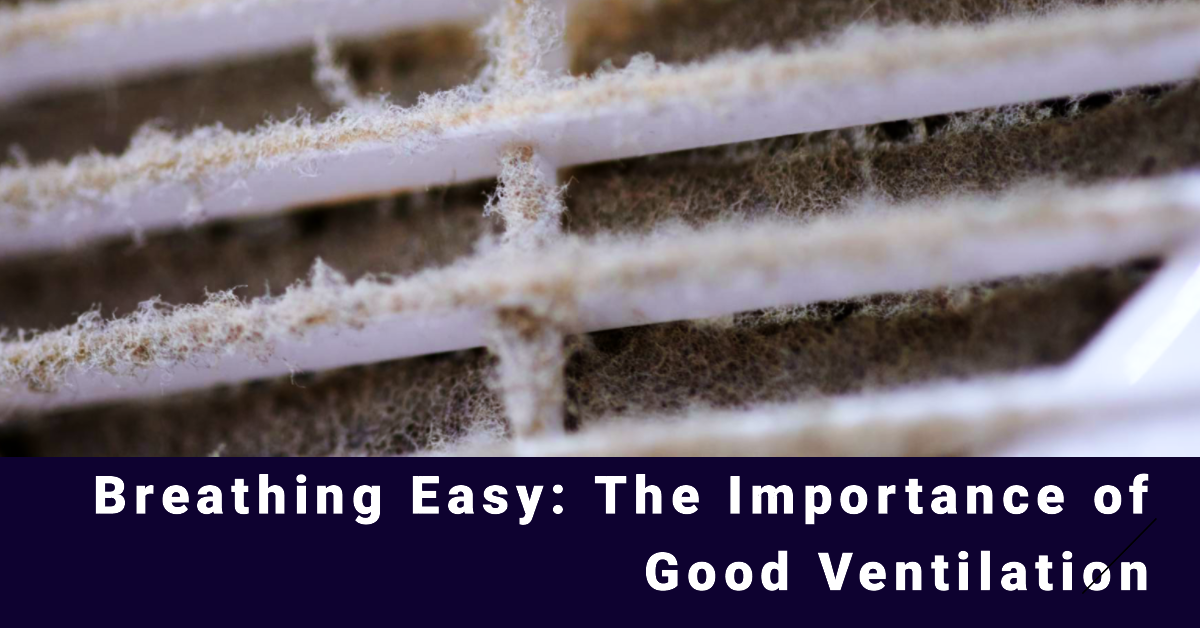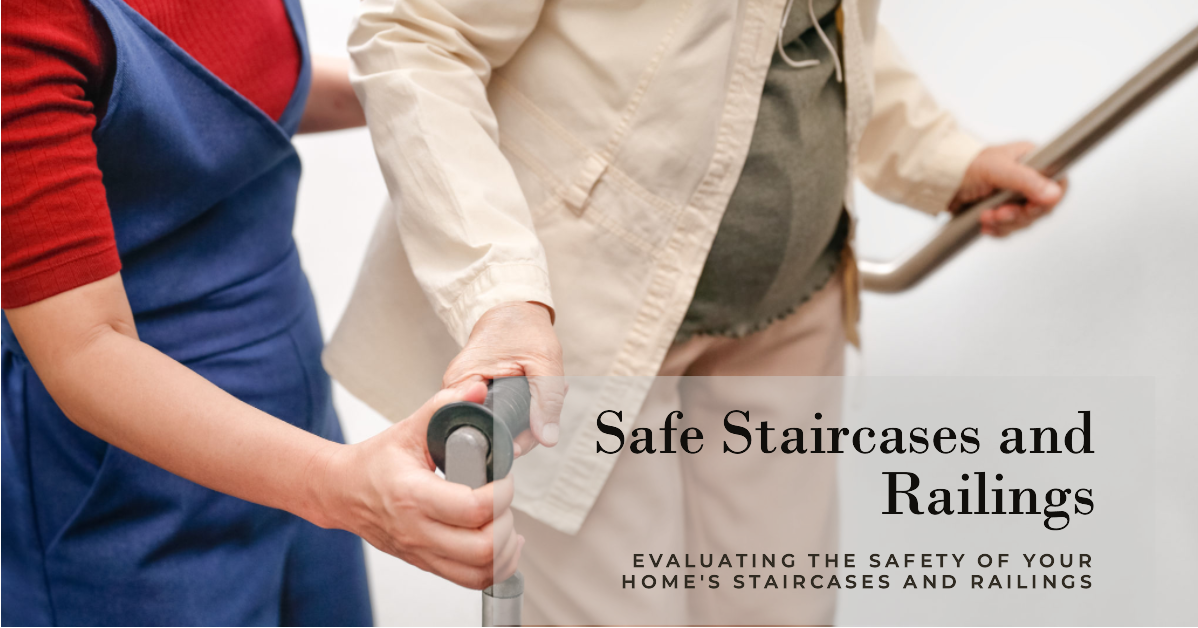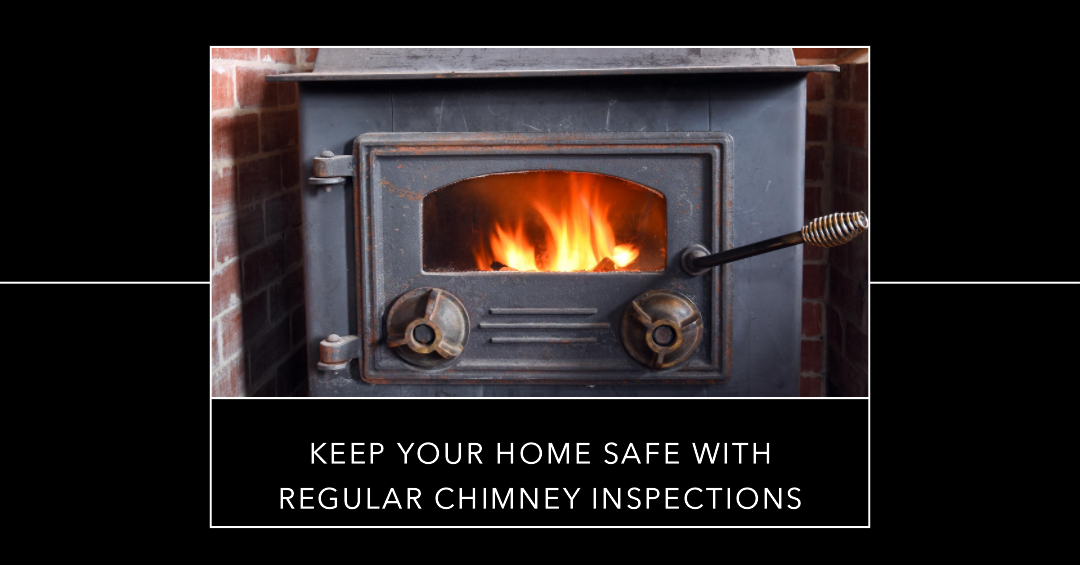In New Jersey, the cost of a home inspection typically ranges from $250 to $1000 or more, depending on the factors mentioned below. It's e...
Unveiling the Hazards of Asbestos in Older Properties: Safe Disposal Guidelines

Asbestos, a naturally occurring mineral once hailed for its fire-resistant and durable properties, has a dark side that poses severe health risks to humans. Unfortunately, many older properties still harbor asbestos-containing materials, putting occupants and renovators at potential risk. In this blog, we will delve into the dangers of asbestos in older properties, explore how to identify it, and provide comprehensive guidelines for its safe disposal, ensuring the well-being of both occupants and the environment.
Understanding the Risks of Asbestos
a. Health Implications
Exposure to asbestos fibers can lead to serious health conditions, including lung cancer, asbestosis, and mesothelioma. The risk arises when asbestos-containing materials degrade over time, releasing tiny airborne fibers that, when inhaled, can lodge in the lungs and cause long-term damage.
b. Prevalence in Older Properties
Asbestos was widely used in construction materials until the late 1970s, making older properties, especially those built before the 1980s, more likely to contain asbestos. Common asbestos-containing materials include insulation, roofing shingles, floor tiles, and pipe insulation.
c. Friability and Disturbance
The danger of asbestos increases when the material becomes friable, meaning it crumbles easily into a powder, releasing fibers into the air. Disturbing asbestos-containing materials during renovations or demolitions without proper precautions can lead to hazardous fiber release.
Identifying Asbestos
a. Seek Professional Inspection
If your property was built before the 1980s or you suspect the presence of asbestos, consult a licensed asbestos inspector to conduct a thorough assessment. They will identify potential asbestos-containing materials and recommend appropriate actions.
b. Asbestos-Containing Materials (ACMs)
Though not always visually apparent, some common ACMs include popcorn ceilings, pipe insulation, vinyl floor tiles, and cement siding. However, visual identification is unreliable, and laboratory analysis is often necessary to confirm the presence of asbestos.
Proper Disposal of Asbestos
a. Legal Regulations
Before undertaking any asbestos removal, it is crucial to research and comply with local and federal regulations regarding asbestos disposal. Improper disposal can lead to legal consequences and environmental harm.
b. Hire Licensed Professionals
Due to the high risk associated with asbestos handling, it is strongly recommended to hire licensed asbestos abatement professionals. These specialists have the necessary training, protective gear, and equipment to safely remove and dispose of asbestos-containing materials.
c. Encapsulation and Enclosure
In some cases, asbestos materials may not require immediate removal if they are in good condition and not friable. Instead, encapsulation or enclosure techniques can be employed to contain the asbestos fibers and prevent their release.
d. Sealing and Packaging
During removal, asbestos materials must be kept wet to minimize fiber release. Double-bagging in leak-tight containers, clearly labeled as containing asbestos, is essential for safe transportation and disposal at approved waste facilities.
Conclusion
Understanding the risks of asbestos in older properties is crucial for the safety and well-being of property occupants and those involved in renovations or demolitions. Asbestos-related health issues are preventable through proper identification, handling, and disposal of asbestos-containing materials. Always consult a professional asbestos inspector, and if removal is necessary, hire licensed experts to ensure compliance with regulations and the highest safety standards. By responsibly addressing asbestos in older properties, we protect our health and contribute to a cleaner, safer environment.
2023-07-29 19:36:08





